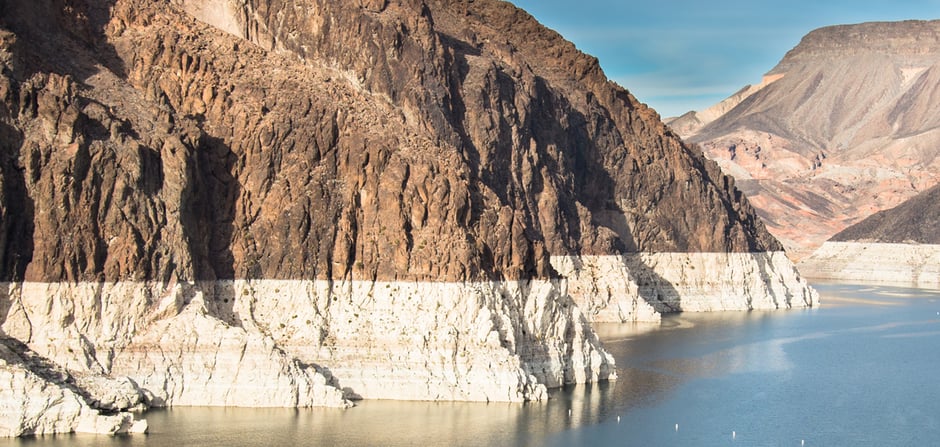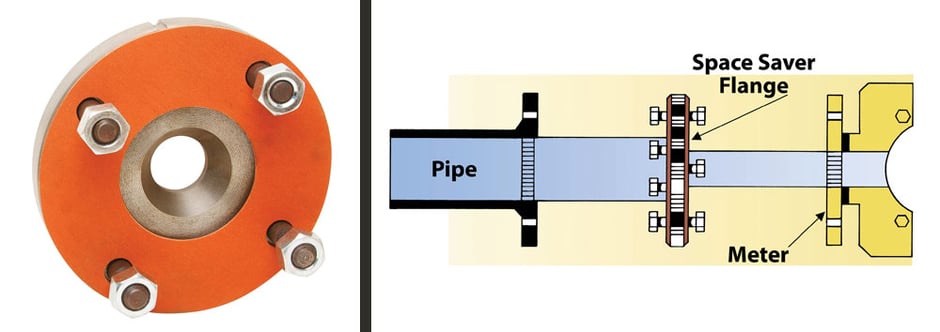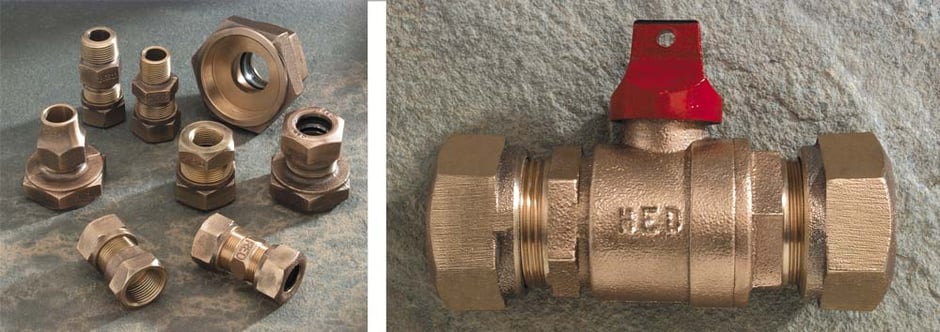Everyone has seen some type of drought over the years, whether it's just a really dry summer or an unmitigated lack of rain that goes on for months on end. It's easy to see the lack of water in a drought. Lawns are brown, creek beds are dried up and washing your car in your driveway will put you on the lecture list from the neighborhood environmental activist. But while it's easy to see these signs, one area we often don't consider is the state of the aquifers.
Flanges are a common component found in many waterworks systems, taking up a relatively small amount of space while providing superior water pressure. But what about situations where you have a tight fit, meter vault, for example, or along a section of pipe? If you're dealing with minimal amount of wiggle room in your setup, one possible solution is a space-saver flange. Designed to take up an absolute minimum of space, a space-saver flange is mounted first to the smaller pipe or fixture and then to the larger pipe or fixture, allowing the diameter to change without any serious change in the dimensions of the allotted space. Here are some situations where a space-saver flange can be beneficial.
With the concern over the past few decades about the content of lead in household materials and how it can leach into our drinking water, the passage of laws that limit the amount of lead in potable water pipes, fittings and fixtures have become common. Though this is a great general change in policy, the devil is in the details - specifically, the term "lead-free". Though many consumers expect that to mean that the material used to create the piece contains no lead, this isn't always the case. In this post, we'll take a look at current lead-free requirements as compared to 100% lead-free components.
With the formation of the EPA and public concern over lead exposure in the 1960s and 1970s, the plumbing and waterworks industry saw the rise of a new set of laws that regulated lead content in drinking water. As time has gone on, amendments and additional legislation has been passed, on both the state and federal levels, to further limit the amount of lead allowed in drinking water and plumbing systems. But what exactly is the difference between these standards and how do they affect your industry? Here are some more details:
There's no doubt that there have been many changes in the definition of lead-free over the years, with a dizzying number of changes, definitions and standards. As these changes move forward, the continued reduction of lead in waterworks and plumbing fixtures is a concern for the continued operation of many waterworks and utilities companies. How do you stay ahead of the continuous changes of lead-free definitions and requirements that can cost your organization serious money, time and labor down the road? By starting with lead-free brass in the first place.










